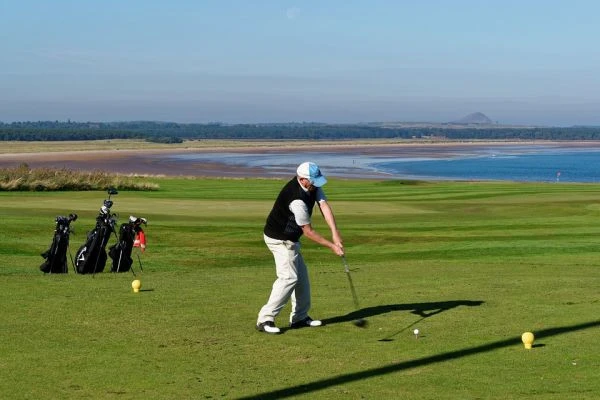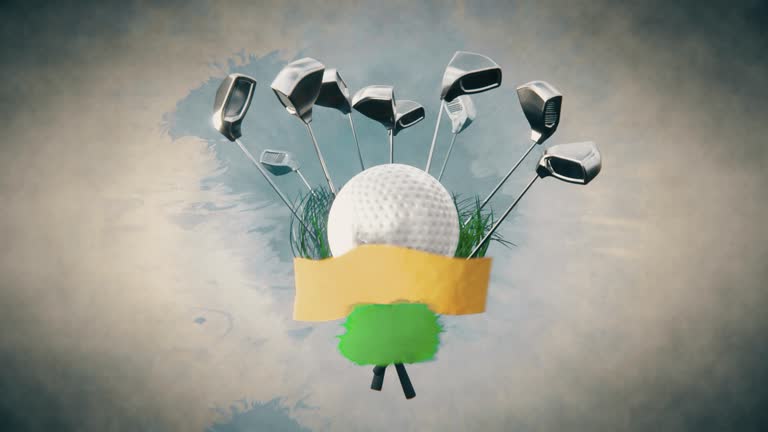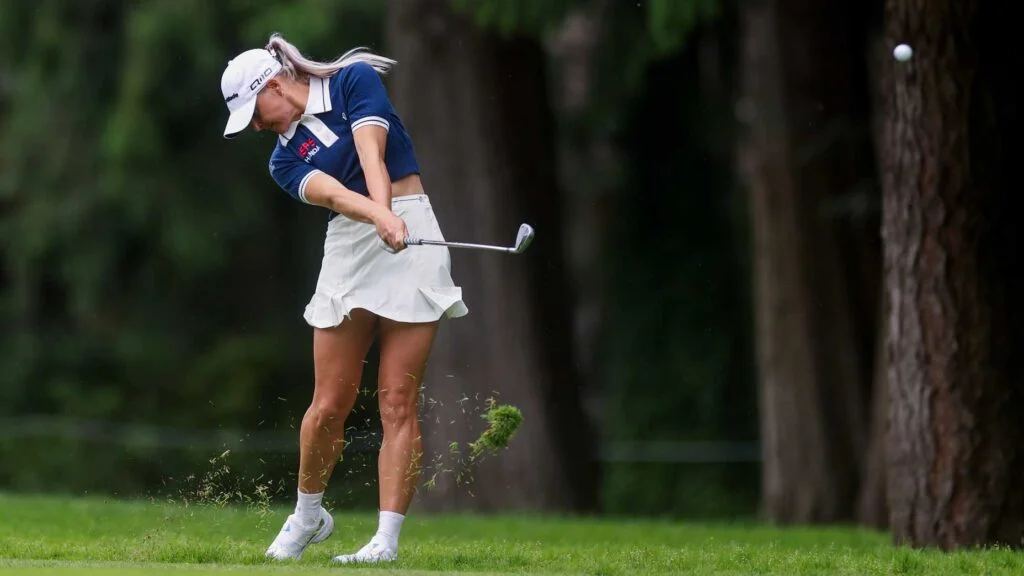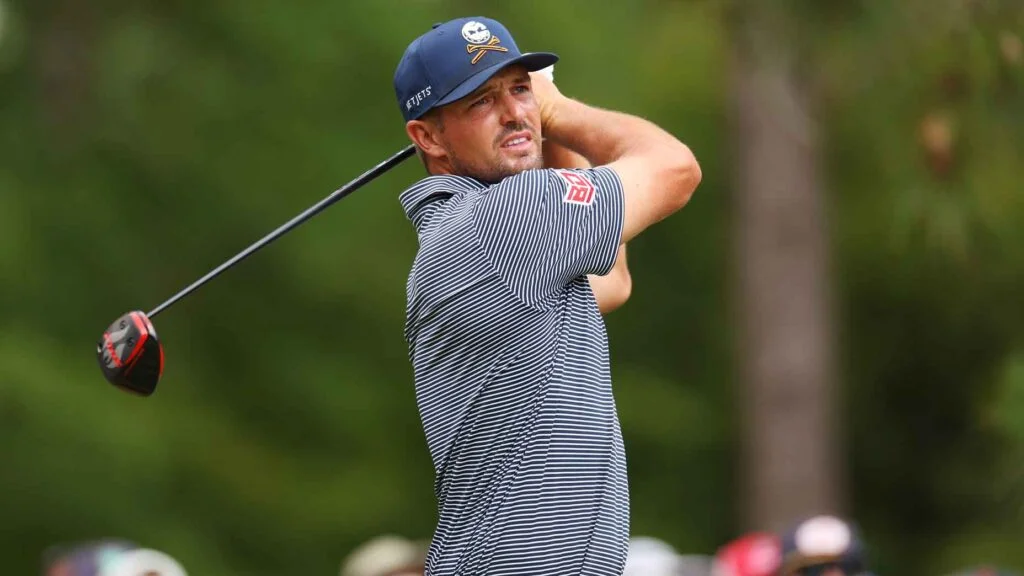By comprehending the golf swing double pendulum animated gif that permits your wrists to pivot and unhinge in your swing and the idea of a "double pendulum," this article aims to close the gap between golf swing mechanics and playing golf based on your intuition. The body's and mind's innate kinesthetic intelligence may be awakened to produce an instinctual golf swing by having a broad understanding of the double pendulum mechanics.
As the top international golfers participate in the Presidents Cup final day at Muirfield Village Golf Club today, fans may be curious about how these pros hit the ball so effectively.
Indeed, you may purchase the identical clubs they do, and it's not always a terrible idea to imitate their swings. However, a brief physics lecture might also be helpful for weekend golfers.
The Art of Golf Swing Animation: A Double Pendulum Perspective
Read Also: Who Makes Ram Golf Equipment? A Historical Overview
Two pendulums
Michael Lisa, a physicist at Ohio State College who teaches a course on the mechanics of sports, says the greatest golfers simulate a golf swing double pendulum animated gif.
The arms and shoulders create one pendulum, while the second one extends through the club and develops just below at the wrists.
Lisa explained, "That indicates that there is a pivot point around the middle of the trunk, just under the neck, about which torque is applied, and then there is another pivot at the wrists, just where it's holding onto the club."
The torque
Torque is a twisting force that begins in the legs and produces the swing itself.
A spring-like movement untwists around the legs, then the trunk, and finally above the shoulders. Additionally, this swings this broader pivot, which encompasses the upper arms and thighs," Lisa stated.
The centrifugal force
Centrifugal force pulls the lower pendulum away during the swing.
"The conservation of angular momentum in the upper body causes this to naturally slow down, and approximately four-fifths of the energy generated goes into the club head," Lisa stated.
Easy, isn't it? But everything occurs fast, so don't blink.
"A competent golfer completes the downswing in less than a fifth of a second, and the contact time with the ball is roughly half a millisecond," Lisa stated.
Hold still
It's challenging to train your body to do that, and the compensatory movement in your head and shoulders or hips might cause problems.
"Don't move your head," Lisa added, referring to the advice given to golfers. "This isn't quite correct, actually."
You May Also Like: The U.S. Open champion claims he was forced to pay $2 million after winning
FAQs
What is the main movement plane during a golf swing?
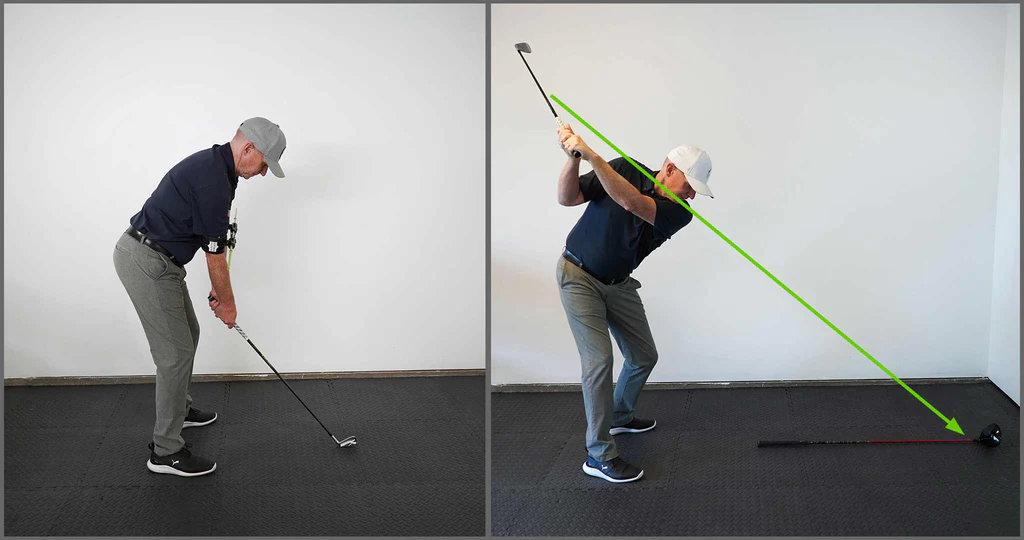
The top and bottom portions of the body are separated by the transverse plane. The transverse plane is where twisting motions like the golf swing occur.
What is the purpose of the golf swing?
Directing the force onto the club head during a golf swing is intended to transmit that energy to the ball, causing it to take off when it makes contact with it. Golfers take their posture before making a stroke.
What is the maximum efficiency model in golf?
To smash the ball as far and straight as possible, golfers may identify and correct their main shortcomings with the aid of the Maximum Efficiency Model. Chase Duncan is credited for developing the Maximum Efficiency Model.

